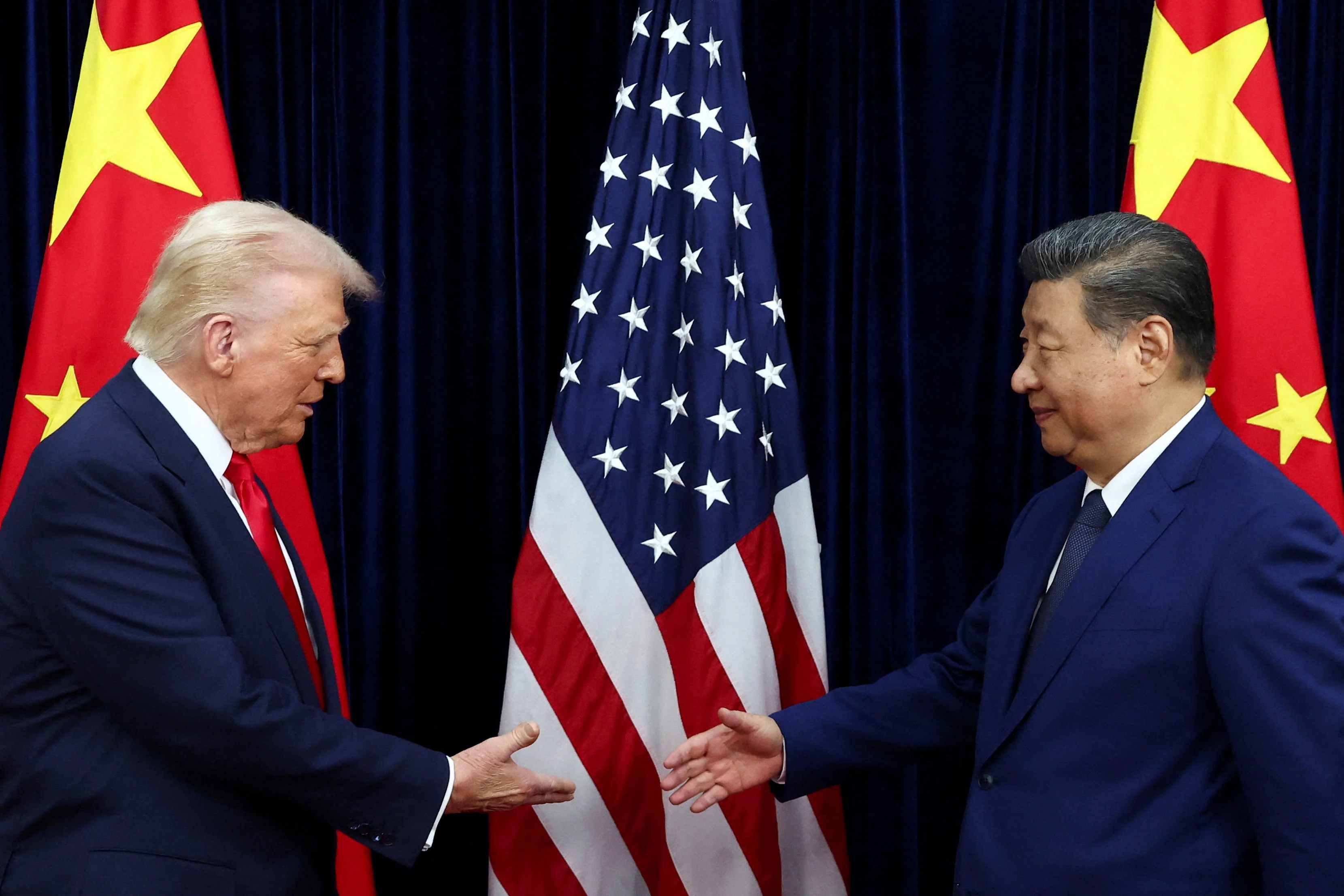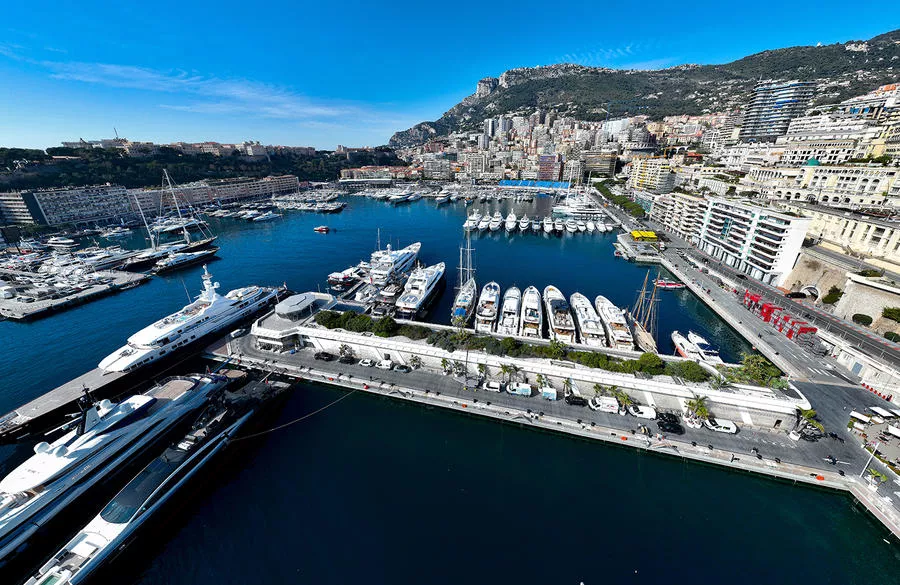Copyright scmp

Hong Kong exporters breathed a collective sigh of relief following the recent breakthrough in Sino-US trade talks, saying they could now focus on their business plans for the coming year. On Thursday, Chinese President Xi Jinping and US counterpart Donald Trump reached a consensus to dial down tensions and put on hold a number of thorny issues such as pausing tariffs for a year until next August. With the truce, a 10 per cent so-called reciprocal tariff the United States imposed on imports from Hong Kong and mainland China will remain in effect until August. Anthony Lam Sai-ho, chairman of the Federation of Hong Kong Industries, one of the largest business chambers in the city, said the meeting provided the sector with a clear picture of the tariff cost they should expect. “Before that, they did not know how much they would be charged for the tariff when the goods were on the way amid the quarrel between the two countries,” he said. He urged the sector to explore and diversify its market in the coming year of the truce to further reduce reliance on the US market. “The US is a market, but the world is huge. Could we manufacturers explore other markets, like China exporting many goods to Africa?” he said. Wingco Lo Kam-wing, president of the Chinese Manufacturers’ Association of Hong Kong, said that local manufacturers finally felt some certainty following months of a roller-coaster ride on trade tensions. “With the one-year truce, manufacturers can now make 2026 business plans with more confidence and flexibility,” he said, adding that he was not that worried about the mercurial nature of Trump as he had kept truce promises before. He said he expected manufacturers would shift some of their production lines back to the mainland over the next six months. Karen Ng Pui-lam, director of L&A Lingerie, which produces luxury underwear almost entirely from its factory in Guangdong province’s Huiyang, said the year-long truce had eased her anxiety from looking for alternatives elsewhere to avoid the tariff. The company was trying to reduce its reliance on the US market by tapping the European Union while shifting nearly 5 per cent of production to Vietnam in the past few months, she said. The US maintained a 20 per cent “reciprocal tariff” on Vietnam imports, higher than the 10 per cent tariff on China. “It was lucky that I did not invest a lot in Vietnam in hindsight,” she said. Ng said that the company had to cut export prices by about 5 per cent, but its business remained stable and profitable so far this year on strong US demand. “The trade truce brightens me and I can travel more for leisure again,” she said. Danny Lau Tat-pong, honorary chairman of the Hong Kong Small and Medium Enterprises Association, said the meeting brought some certainty to the sector. “If they really walk the talk, it means our industry can breathe a sigh of relief. But what happens next after this year and can business operate as usual? It is really hard to tell,” he said. Lau said some of the sensitive questions were not touched in the meeting such as the issue of Taiwan, the South China Sea and the Philippines, which could easily spark a new round of quarrels between China and the US. He said half of the manufacturers with the production lines on the mainland had already set up operations in Southeast Asian countries. “We were reminded by our trade partners in the US some years before, they told us to set up some lines in Southeast Asia, or they could not place orders to us,” he said. He expected the trend of setting up production lines outside the mainland would continue to stave off geopolitical risks. Pui Kwan-kay, president of the Hong Kong Chinese Importers and Exporters Association, said his members were continuing their efforts to explore new markets such as the Middle East and South Asia. “We could reference how changeable the Trump administration has been. So we won’t stop our exploration,” he said.



